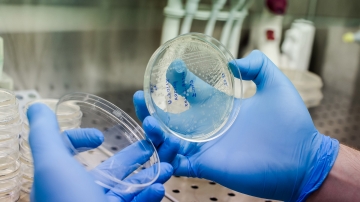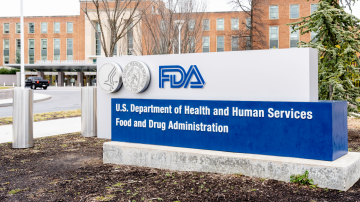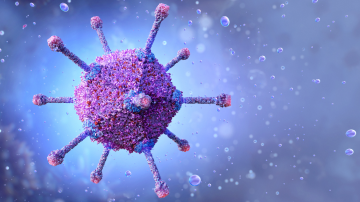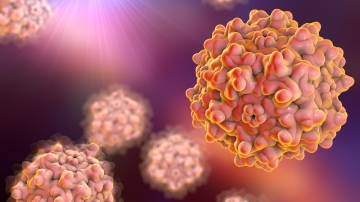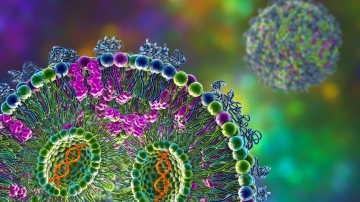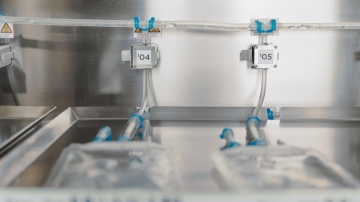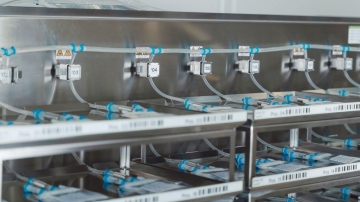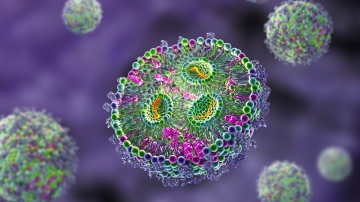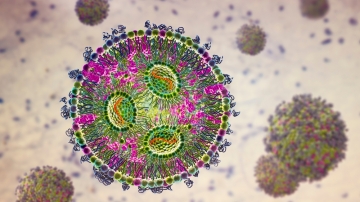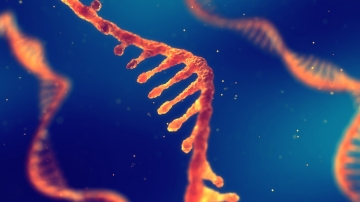Drug Delivery
Viral vectors like Adeno-associated viruses (AAVs) are popular vectors for gene therapy and vaccines. And yet, there is product loss due to leakages of primary packagings or other mishandling of fluids. In order to deliver high-quality and viable products efficiently, safe handling experience a growing interest.
Claus Exenberger
September 20, 2023
Drug Delivery
In this blog post, we'll show examples of AAVs as gene therapy vectors and examine the tangible results of FDA-approved AAV gene therapies, which offer actual solutions and hope for patients affected by genetic disorders.
Michael Mühlegger
September 19, 2023
Drug Delivery
The main difference between adeno-associated viral vectors (AAV) and adenoviral vectors (AVV) is their genetic makeup. AAV is composed of a single-stranded DNA viral vector, while adenoviral vectors consist of double-stranded DNA.
Michael Mühlegger
September 19, 2023
Drug Delivery
Various types of viral vectors are central to genetic research and medical advancements. These small carriers, obtained from various viruses, play an essential role in gene therapy and beyond. In this exploration, we will examine different types, the applications, unique attributes, and the complex terrain of producing viral vectors.
Michael Mühlegger
September 19, 2023
Drug Delivery
The adeno-associated virus (AAV) is a very popular viral vector with great potential available for gene delivery. This article explores AAV vectors, their role in gene therapy, and their associated advantages and disadvantages.
Khalil Essani
September 18, 2023
Drug Delivery
After the first LNPs were approved by FDA in 2018, the whole field of LNPs as drug delivery systems has expanded rapidly. In the following article we will explore what qualifies lipid nanoparticles as one of the most promising pharmaceutical drug delivery systems and will take a closer look at their structure, applications and challenges connected with the manufacturing process.
Michael Mühlegger
June 30, 2023
Drug Delivery
As the demand for messenger RNA-based products continues to rise, efficient fluid management plays a crucial role in ensuring the high-quality production of mRNA drug products. This article is about challenges and the latest advancements in fluid management techniques, focusing on filling, filtering, and aliquoting mRNA during the manufacturing process.
Brian Moloney
June 29, 2023
Drug Delivery
The use of lipid nanoparticles has gained significant attention due to their potential applications in drug delivery systems. In this article we explore the process of filling and aliquoting LNPs in single-use bags and highlight its significance and key considerations.
Brian Moloney
June 28, 2023
Drug Delivery
Freezing is a significant process step in the manufacturing of LNP-based products. In this article, we will therefore take a look at the impact freezing has on lipid nanoparticles.
Alexander Fuchs
June 26, 2023
Drug Delivery
Being promising tools in life sciences and medicine, lipid nanoparticles are drawing attention on their manifold advantages. In this article, however, we take a step back and discover how LNPs are produced. Solutions based on single-use systems for increasing quality and efficiency in production are also covered.
Brian Moloney
June 21, 2023
Drug Delivery
Lipid nanoparticles (LNPs) have shown to bring several benefits to research and therapy. This article, however, focuses on concerns on LNP toxicity and ways o address them.
Daniel Tischler
June 19, 2023
Drug Delivery
Lipid nanoparticles are highly valued tools in the field of mRNA delivery, making them essential for various therapeutic and research approaches. In this article, we will take a look at the pros and cons of LNPs in mRNA delivery.
Michael Mühlegger
June 17, 2023

